Best This to Do in the Ancient part of Madrid
Old Madrid is a part of the city with a lot of charm and beauty. It is one of the most popular destinations for tourists worldwide, and rightly so!
The architecture, culture, history, and cuisine will sweep you off your feet. This quick guide has everything from museums to tapas bars to palaces!
Come with us to explore the oldest streets of the capital of Spain. Shall we?
Get to Know The Old Madrid

The Wall of Madrid
We started on the main street (Calle Mayor) opposite the Puerta del Sol. Where the remains of the Arab wall are located, it was declared a National Monument in 1954.
Here you can find the first origins of Magerit. According to archaeologists, this was the second site of the wall of Madrid and was originally a defensive area with 128 towers. Can you imagine it?
In some free walking tours, this part of Madrid is included.
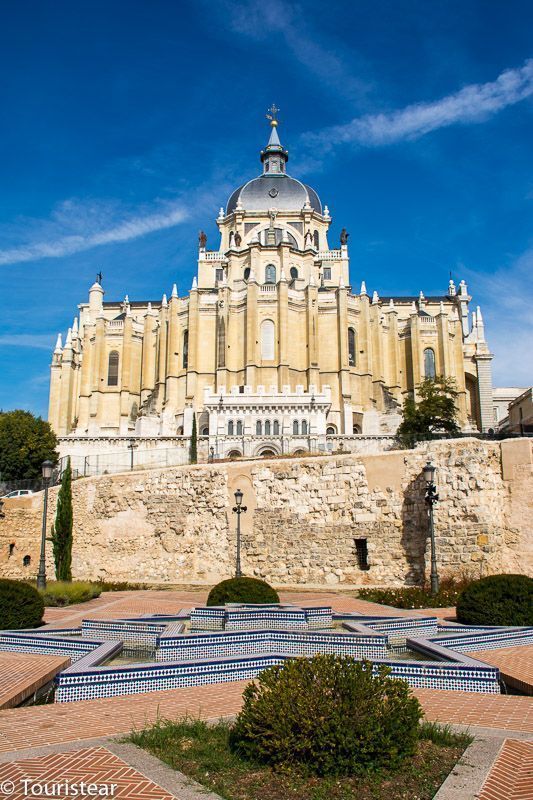
Palace of The Councils
We continue along with the Calle Mayor towards Puerta del Sol. One of the first buildings we find is the Duque de Uceda Palace, currently the Palace of the Councils and headquarters of the General Captaincy of Madrid.
And one of the few remaining buildings in Madrid reflects the nobiliary architecture of the seventeenth century.
Address: Calle Mayor, 79, c / v Pretil of the Councils, 2
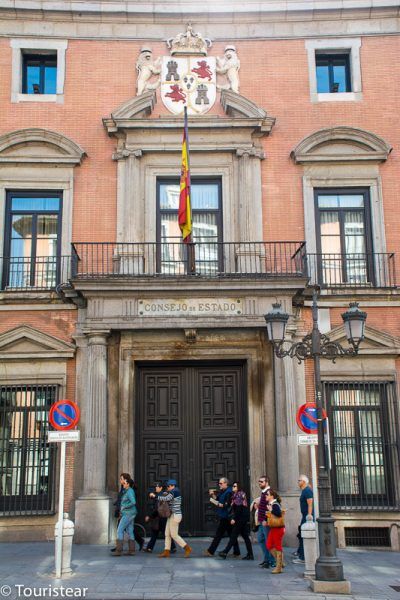
Old Church of Santa Maria De La Almudena
Here was the old Church of Santa María de la Almudena, which was demolished in 1868. Nowadays, we can see the remains of the church that are protected with glass.
We can see the statue of a man who looks like he’s looking at the remains of the church.
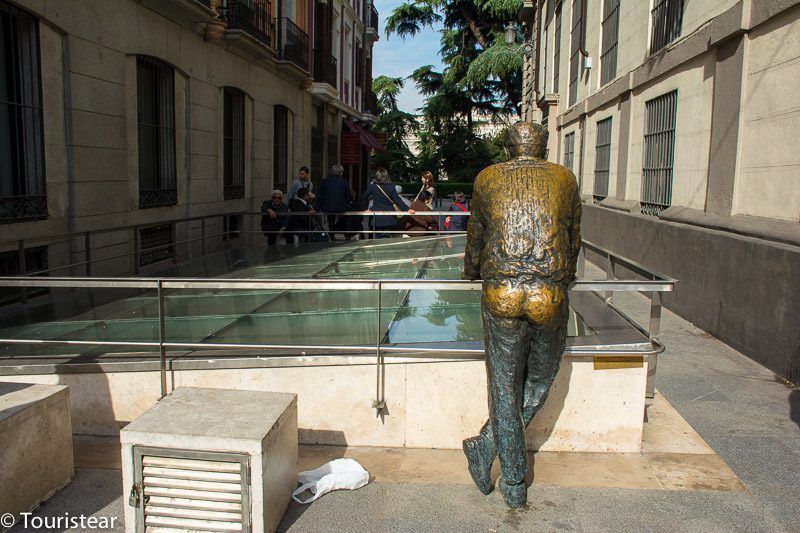
Palacio De Abrantes
The old Palace of Abrantes is an old palace from the 17th century.
It was built in 1653, and it was reformed in the 19th century when the Duke of Abrantes acquired it, and later, in the 20th century, it was reformed again and acquired the appearance it has today; lost the towers and modernized.
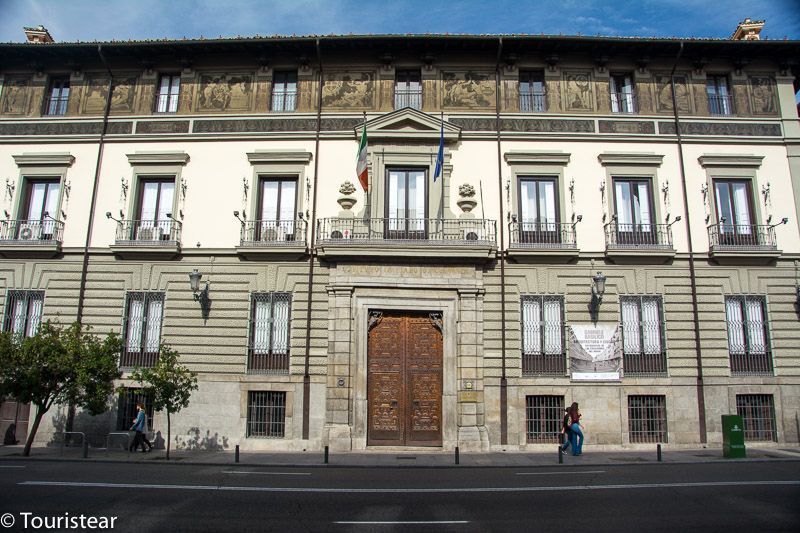
It had various uses throughout its existence, from being a noble residence during the first two centuries of creation, then the headquarters of the press and the Italian embassy, and since 1939 it has been the headquarters of the Istituto Italiano di Cultura.
Address: Calle Mayor 86
Plaza de la Villa
We continue walking along with the Calle Mayor and arrive at the Plaza de la Villa.
In this square in the center of Madrid, we can see the Casa de la Villa (the town hall), the houses of Cisneros, and the Lujanes, good examples of civil architecture of the fifteenth and sixteenth centuries.
The House and the Tower of the Lujanes is one of the few constructions conserved in Madrid with civil architecture from the end of century XV. However, it has undergone numerous changes and restorations.
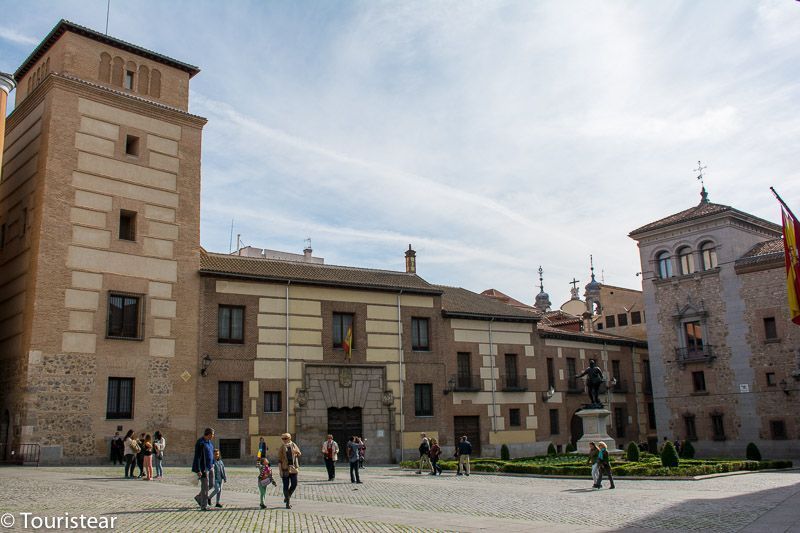
It is said that Francisco I of France was imprisoned in the tower after the battle of Pavia.
In the House of the Villa, a section of the City council of Madrid is located, which was the reason for its construction at the end of the XVII century.
As a curiosity, at the end of the 18th century, in 1775, a balcony was added to the Calle mayor’s facade so that the Queen could see the Corpus Christi processions.
In the Plaza de la Villa, instead of continuing on the Calle Mayor, we will go through the narrowest street in Madrid, Calle del Codo. This street ends in the square of the Count of Miranda, where our next stop is the Convent of the Carboneras.
Convent Of The Carboneras
Its construction was ordered by Beatriz Ramirez de Mendoza, who wanted to build a convent for his daughter. It was founded in 1607.
At that time, nobles and royalty were those who built religious buildings to demonstrate their power and wealth, as well as their religious commitment.
They are called “the Carboneras” because, in a coal bunker, the image of the Immaculate was found. But the convent belongs to the order of St. Jerome of Corpus Christi.
Address: Plazuela del Conde de Miranda
From the square of the Conde de Miranda, we climb again to the Calle Mayor on the street of the Conde de Miranda, we leave on our right the famous market of San Miguel, which we will talk about in another article, and we turn left to see the most famous pharmacy and old Madrid.
The Real Botica Of The Queen Mother: The Most Old Pharmacy Of Madrid
The Pharmacy of the Queen Mother, located in the Calle Mayor 59, is the oldest pharmacy in Madrid and is part of the Village and Court history.
A Venetian alchemist created it in 1578. Philip V was the one who gave it the name “Pharmacy of the Queen Mother,” as well as the official shield in gratitude for the services rendered to his second wife, Isabel de Farnesio.
In this establishment, the first machines brought from America were sold along with drugs, golden pills, and mysterious products like magnet stone and Egyptian mummy extract.
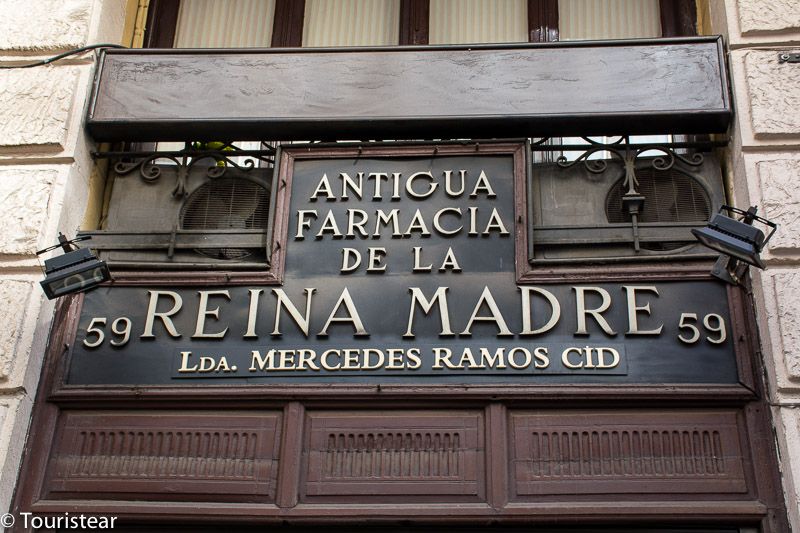
The Museum “botica”
Currently, the Real Botica is a museum that treasures documents and objects of great historical value, among which we can highlight old books and some 1,600 ancient recipes. One of them is in the name of Miguel de Cervantes.
Invoices are also kept in the name of Infante Don Luis and other celebrities, which has made it possible to reconstruct some medical histories.
These walls also treasure other curiosities, such as a secret that transcends science, because, in the dawn of 1830, the basement of this singular establishment was a meeting place for liberals of the time.
The legend tells that the hidden passages that connected the pharmacy with the royal palace were used by the politician Salustiano Olózaga to escape from the gallows.
A few steps from the pharmacy of the Reyna Madre, we can see the Casa de Calderón de la Barca, which is the narrowest of the main street. Also, on the opposite side, attached to the pharmacy, is the smallest building in Madrid, which says on the sign above its door.
Returning on our way along with the Calle Mayor towards Sol, we turn right into Calle Milaneses, which continues on Calle Santiago and ends at Plaza de Ramales.
Reed: A walk through Lavapiés, El Rastro and Puerta del Sol.
Plaza De Ramales
In the nineteenth century, several demolitions were made, leaving a space in 1841 that they called Plaza de Ramales in memory of the combat of Espartero with the Cantabrian people of the same name.
Here was the church of San Juan, where Velazquez was buried, and in his memory, there is an iron cross in the center of the square on a stone column.
In this square, we can also see the house-palace of Don Ricardo Angustias of 1920. With a facade with stuccos that imitate medallions and moldings.
From the Plaza de Ramales, take Calle San Nicolás in the direction of Plaza de San Nicolás and the church of the same name.
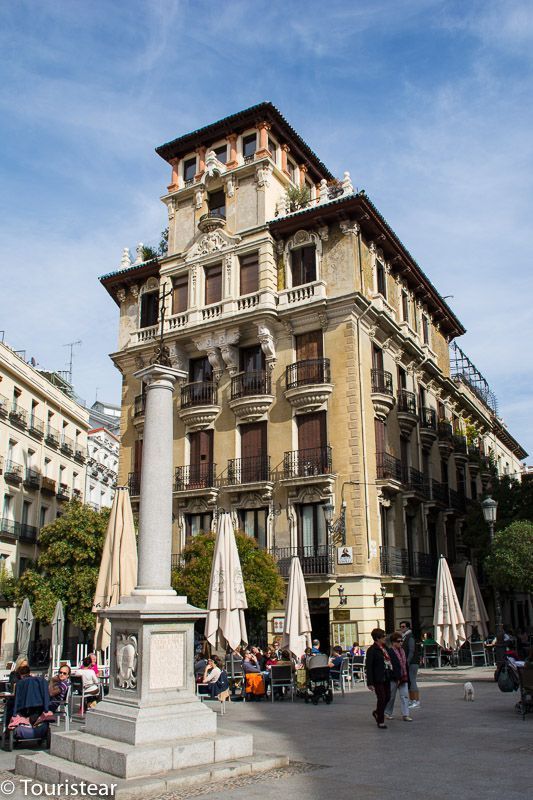
Church Of San Nicolas
This church is located a few steps from the Plaza de Ramales and was declared a national monument in 1931.
Its tower is one of the oldest vestiges of the city’s architecture since the rest of the church was almost completely destroyed by the urban reforms of José Bonaparte.
The Mudéjar wood ceiling of the 15th century is preserved in its interior, along with Gothic ribs and a large arch to access the presbytery.
San Nicolás Street crosses Main Street and continues on Sacramento Street to Plaza del Cordón.
From the Plaza del Cordón, we continue along Cordón street until Segovia street and here we turn right to find Costanilla de San Pedro street, which we climb until it intersects with Calle del Nuncio.
St. Peter’s Church
The church of San Pedro is one of the oldest churches in Madrid. San Pedro el Viejo, at the intersection between the Costanilla de San Pedro with Calle del Nuncio, is another church built on a mosque.
And its old minaret’s tower converted into a bell tower of the Christian church.
We went up the Costanilla de San Pedro to the Plaza de la Paja.
Plaza de la Paja And Chapel Of The Bishop
Plaza de la Paja is one of the squares of medieval Madrid. It has this name because the straw coming to Plasencia was sold here.
In 1997 it was reformed to have the appearance it would have in the 18th century, and some facades of the buildings have the ochre color they wore in the 19th century.
The Bishop’s Chapel was built to house the remains of San Isidro and is the most important Renaissance artistic complex in Madrid. The saint’s remains were here between 1518 and 1544.
Church Of San Andrés
This church was built in the middle ages in the neighborhood of Morería. It was a royal chapel and is where San Isidro prayed.
It was destroyed and burned; only the chapel of San Isidro was saved, which was added to the parish in the seventeenth century when the saint was canonized in 1622.
We continue along Calle Costanilla de San Andrés to Plaza de los Carros.
Plaza De Los Carros And Plaza De La Barbada
From the Plaza de la Paja through the Costanilla de San Andrés, we reach the Plaza de Los Carros in medieval style. Cars cannot be used to reach this square.
Between the streets of Toledo and the Humilladero, we find the Plaza de la Cebada. Here, in the past, cereals, vegetables, etc., were sold. The barley for the king’s horses was also separated from that of the cavalry regiments.
Where to Eat or snack?
We have made three stops during this tour. The first was in Arcade, a bar-restaurant with Galician food, we had a beer each, and we could have had a delicious paella sauce for € 4 both. It’s on Main Street.
The second was a bar before reaching the Plaza Ramales, called Bar Santos. We took two beers, and they only put four slices of chorizo and two slices of bread for € 3. I will not come back…
The third was in front of the church of San Pedro, in a bar that puts Canarian food; it is called Bar El Escaldón.
We ordered two glasses of wine, a portion of wrinkled potatoes, and one of roast pork—all very good, the price € 26.

We will continue expanding our walks in Madrid. I await your recommendations!
Plan Your Trip to Madrid
- Best Travel Insurance for your trips
- Must-Visit Places in Madrid
- Cardamomo Flamenco In Madrid
- What to see: El Rastro, Lavapiés y Sol
- 2 Day trip in Toledo
Last Updated on 9 October, 2023 by Veronica
Disclosure: Some of the links on this post are affiliate links, meaning at no additional cost to you, I may earn a small commission if you click through and make a purchase.
Author: Veronica
Vero, a seasoned traveler, has explored 25 countries and lived in five, gaining a rich perspective and fostering an infectious passion for travel. With a heart full of wanderlust, Vero uncovers the world’s hidden gems and shares insights, tips, and planning advice to inspire and assist fellow adventurers. Join Vero and let the shared passion for travel create unforgettable memories.
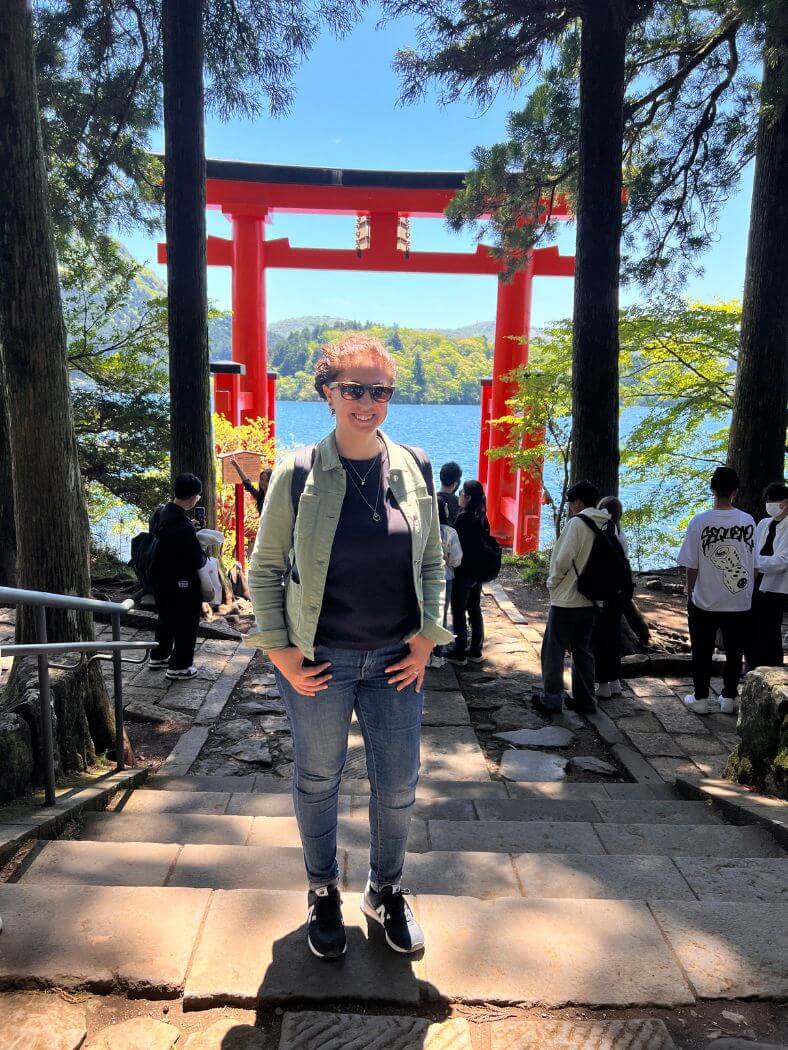






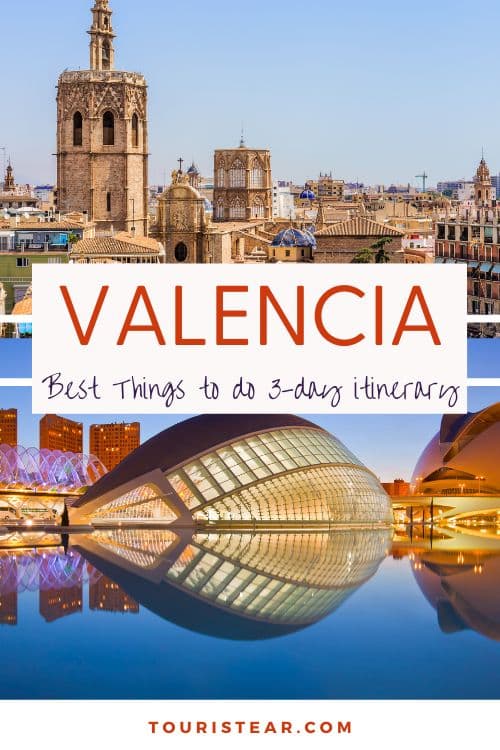
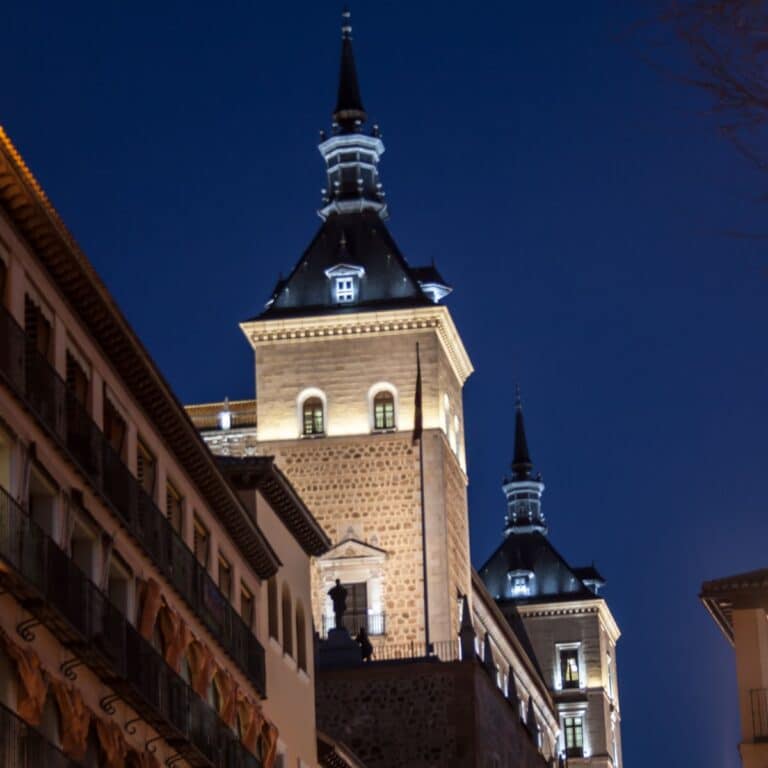
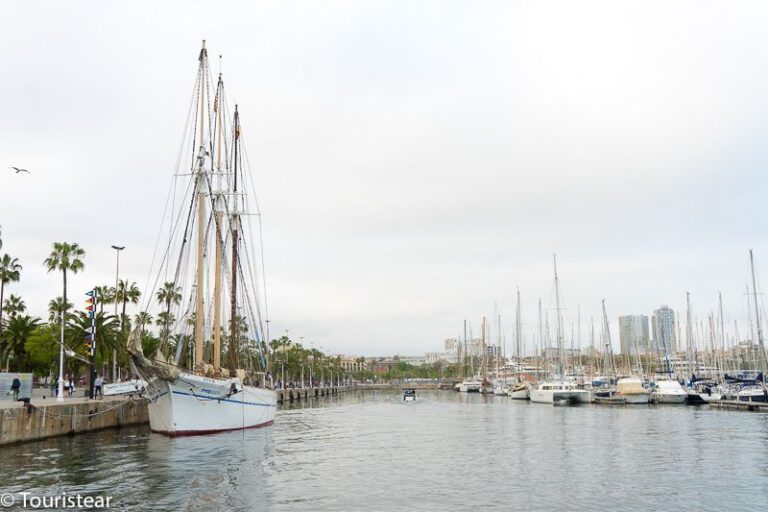
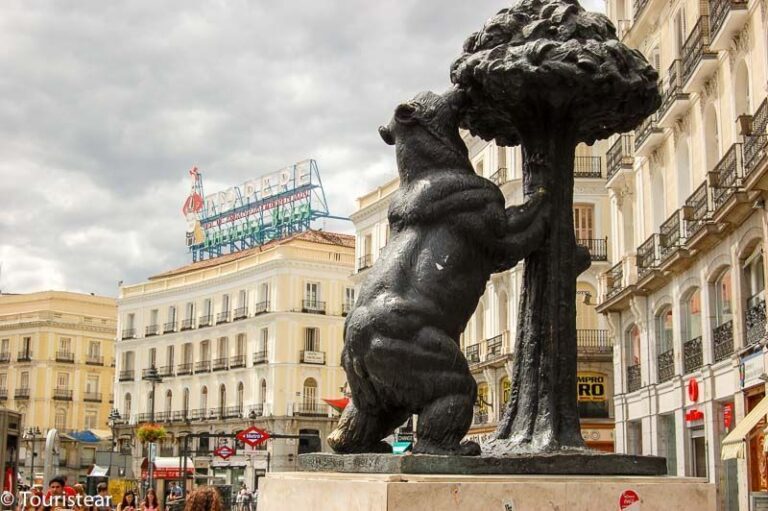
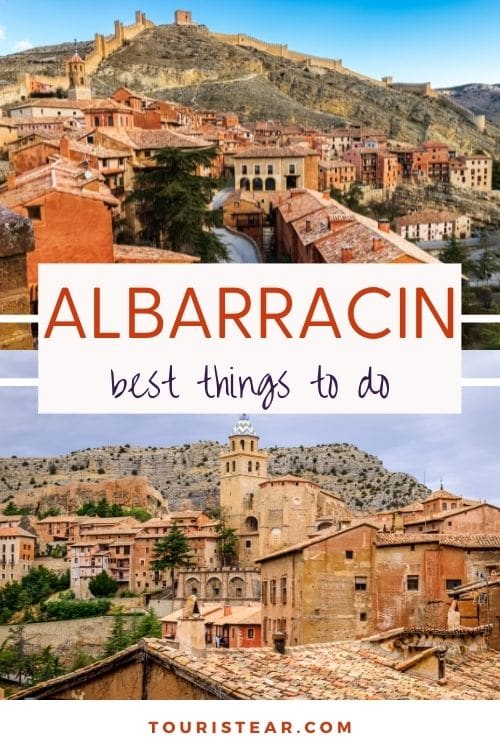
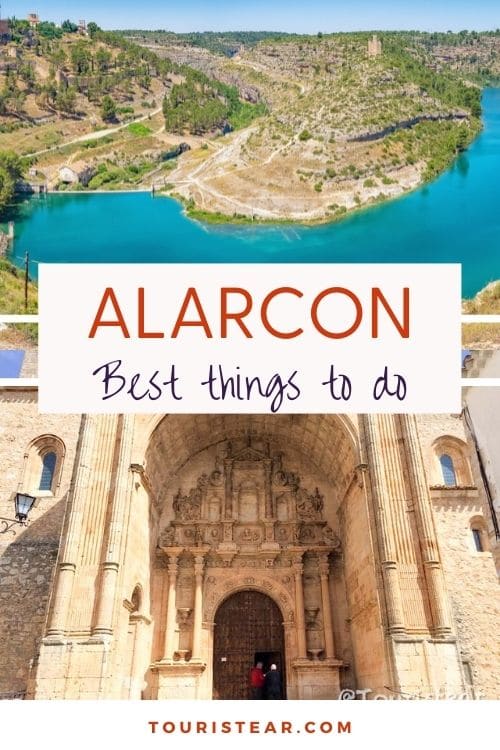
Thank you so much for The walk through Old Madrid. We arevplanning our 2nd trip to Spain and can’t decide if we will stay in Madrid again. You have just changed my mind. We will follow your footsteps.
Thank you very much for your words. I hope you enjoy Madrid!